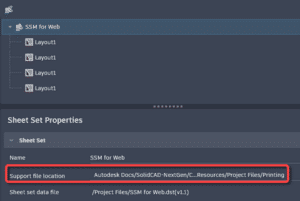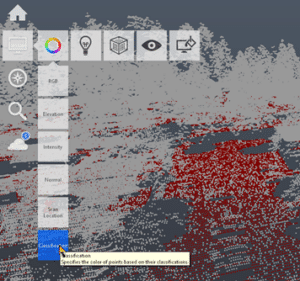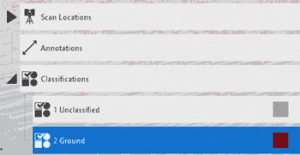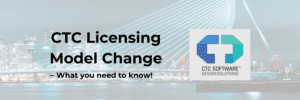CTC Software has enhanced their licensing model in June 2022, all new licensing is facilitated through Cloud Shared Licensing (CSL) now. This shift to CSL means that moving forward the 2023+ releases of their tool sets will only be available through CSL. It marks a big jump in flexibility and tracking of license sharing and puts CTC ahead of the curve in the industry for license facilitation. All you need is an internet connection and access to their website to use your CTC tools now.
https://ctcsoftware.com
What is Cloud Shared Licensing and how is it different from the Network Licensing or Named User Licensing?
CSL is NOT at all the same as the Named User licensing that most software has migrated to. We can think of CSL as network licensing managed from the cloud. This is preferable to the network licensing because the license manager doesn’t need to be installed on your server and setup time is greatly reduced.
Named User Licensing ties the license of the product (A seat of Civil 3D for example) to a user’s email, this is intended to restrict the use of that product to that single user among other thing. CSL is still a pool of licenses that you would use a login to access. So 100 employees could have logins to access a pool of 10 licenses, but each license can only be used by 1 person at a time.
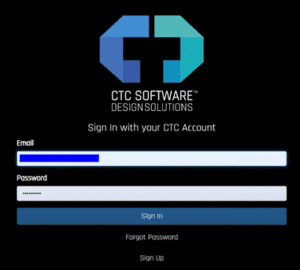
What does this change mean for my company and me using the tools?
As mentioned above, this will allow you to have access to your CTC tools with a CTC Account login and access to internet. No need to even be connected to your company network to pull a license from your pool of CSL license.
Importantly, CSL will still allow compatibility with the latest 5 versions of your Autodesk software.
On the IT and license management side of thing, CSL is incredibly easy to setup, manage, and report on license usage. Through the CTC website we can access the license portal to set up and assign licenses to user groups, borrow licenses to access offline, revoke licenses, setup auto-renewals, and manage roles & admin rights associated with your CTC products.
How do I manage my licensing now?
Accessing the licensing portal is done through the https://ctcsoftware.com website and clicking on the person icon next to the shopping cart.

After logging in, you will be directed to the portal dashboard where you can navigate to licensing to see all your CTC products.
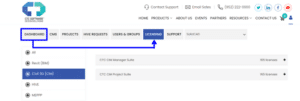
From here you can invite user, add them to user groups, assign roles, and assign access to your various products.
From within the Autodesk software once the tools are installed on the work station, the user ill just have to click on one of the darker colored tools to bring up the “Product and Licensing Information” dialog box.
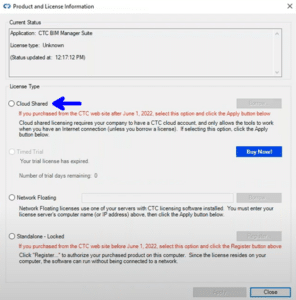
Once you click the Cloud Shared and click Apply, it will bring you to the Sign In window to enter your CTC Account credentials. You will only be required to sign in the first time you access the tools and will give you access to all the tools that you are assigned to in the licensing portal.
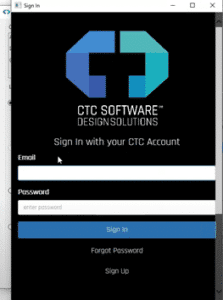
The new Cloud Shared Licensing is the future for CTC Software and I hope this article has shown you some of its benefits. CTC has done a great job with a couple webinars linked below to explain the picks and clicks in more detail for setup and management of the license portal, so I would encourage you to watch them as well.
Note for their Network and Standalone end of life:
May 1st, 2023: You will no longer be able to buy Network or Standalone Licenses. Only new seats of CSL.
May 1st, 2024: You will no longer be able to renew existing Network or Standalone Licenses. This marks the point where CTC tolls will only be available as CSL.
Resources:
CTC YouTube Channel:
A Comprehensive Introduction to Cloud Shared Licensing https://www.youtube.com/watch?v=JH9X_6PA3Zw
Administering Cloud Shared Licensing
https://www.youtube.com/watch?v=hg_TnV1wimI
